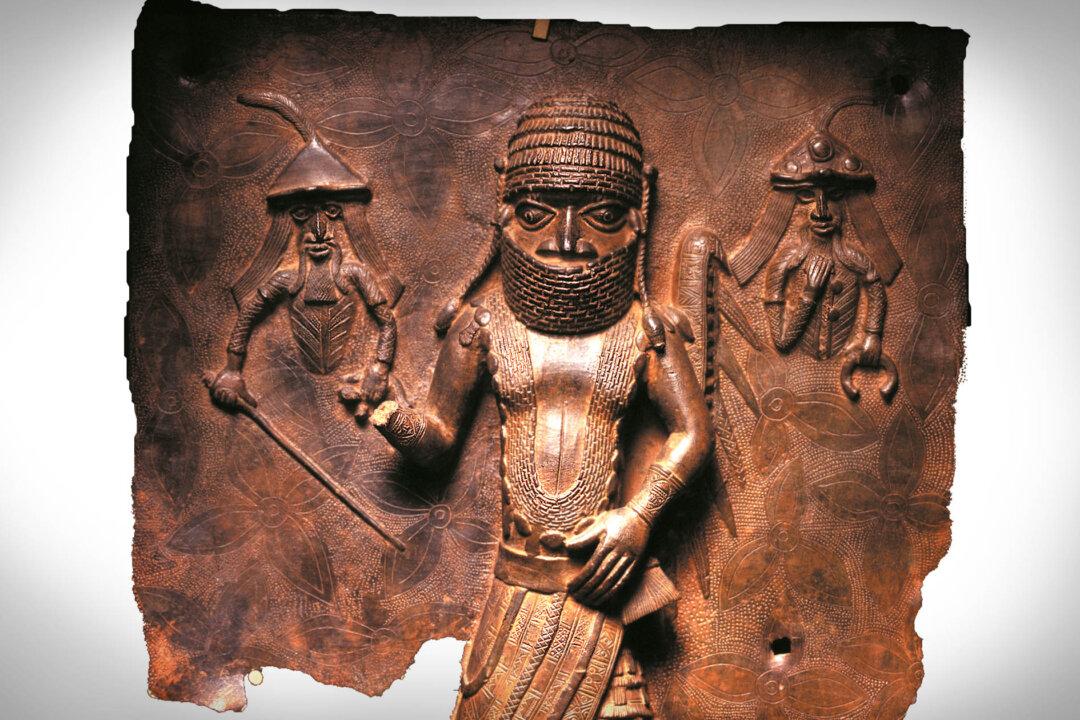A London museum agreed Sunday to return a collection of Benin Bronzes looted in the late 19th century from what is now Nigeria as cultural institutions throughout Britain come under pressure to repatriate artifacts acquired during the colonial era.
The Horniman Museum and Gardens in southeast London said that it would transfer a collection of 72 items to the Nigerian government. The decision comes after Nigeria’s National Commission for Museums and Monuments formally asked for the artifacts to be returned earlier this year and following a consultation with community members, artists, and schoolchildren in Nigeria and the UK, the museum said.






